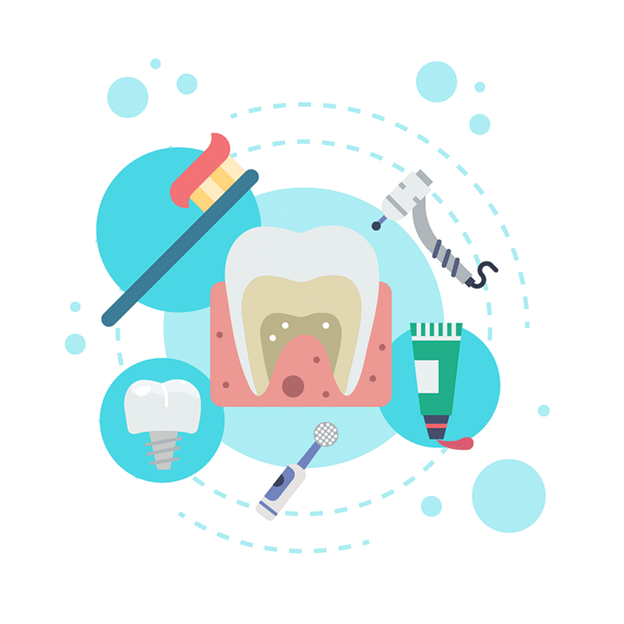9 Oral Health Tips from Your Dentist in Rapid City

Rushmore Dental | Dentist in Rapid City, SD Daily brushing and flossing are necessary to maintain healthy teeth and gums. However, you can do other things that benefit your overall well-being. Please read below for your dentist in Rapid City's nine dental health tips. #1 BRUSH YOUR TEETH TWICE DAILY Brushing your teeth with […]
It’s Time for a Dentist FAQ Session

DO YOU HAVE questions for the dentist? There’s a good chance one of yours made our frequently asked questions list! Question 1: How often do I need to visit the dentist? For most people, we recommend a dental exam and cleaning twice a year. Even for patients with perfect oral hygiene, it’s inevitable that some […]
Women’s Dental Health

WOMEN FACE A different set of challenges than men do in caring for their teeth and gums, and they also have different advantages. Oral Health Issues that Affect Women More Women make up 90% of temporomandibular joint disorder (TMD) diagnoses. TMD can be caused by bruxism, joint structure, stress, arthritis, vitamin deficiency, or hormones. Another […]
Soothing a Sensitive Tooth

IF EVERY BITE of ice cream or every sip of coffee gives your teeth a nasty jolt, then you know what it’s like to live with tooth sensitivity. At least one in every eight Americans (including kids) has sensitive teeth. Why does this happen to so many of us and what can we do about […]
Kissing and Contagious Cavities

THE REASON DAILY brushing and flossing are so important for keeping harmful oral bacteria populations under control is that they reproduce very quickly. In a healthy, clean mouth, there might be anywhere from a thousand to a hundred thousand bacteria on each tooth surface, but that can quickly become as many as a hundred million […]
Being Lip-Tied or Tongue-Tied

IT’S COMMON ENOUGH to be tongue-tied in the sense of not being able to get your words out, but a tongue tie is also a real medical condition, as is a lip tie. These conditions are both caused by pieces of tissue in the mouth called frena. One frenum connects the tongue to the floor […]
Dental Health Eating Disorders

EATING DISORDERS ARE incredibly dangerous, sometimes life-threatening mental conditions. The first health impacts that probably come to mind are the psychological toll they take and the malnutrition they cause if left unchecked. However, they also take a toll on oral health. Our teeth and gums require a variety of nutrients, vitamins, and minerals to stay […]
Post-COVID Dentistry: Why Dental Caries are On the Rise

In September 2020 ,reiterated in 2021and 2022, the American Dental Association (ADA) Health Policy Institute released findings from an impact poll highlighting an increase in certain oral health conditions since the onset of the COVID-19 pandemic. Doctors who participated in the ADA poll reported increases in bruxism (54.9%), chipped and cracked teeth (53.4%), temporomandibular disorder […]
When Do I Need to Get a New Toothbrush?
How long have you been using the same toothbrush? Everyday we throw away expired food from our fridges, replace supplements and vitamins, and ensure that we don't run out of beauty products. Our dental hygiene, however, does not get the same amount of attention as the rest of our daily routines. We often forget about […]
Prebiotics: Not Just for a Healthy Gut
The human body has a variety of microbiomes, the largest and second largest of which are in the gut and the oral cavity, respectively. These microbiomes do not function independently but are related in a complex manner. For example, oral bacteria responsible for tooth decay and periodontal disease might make their way into the digestive […]
